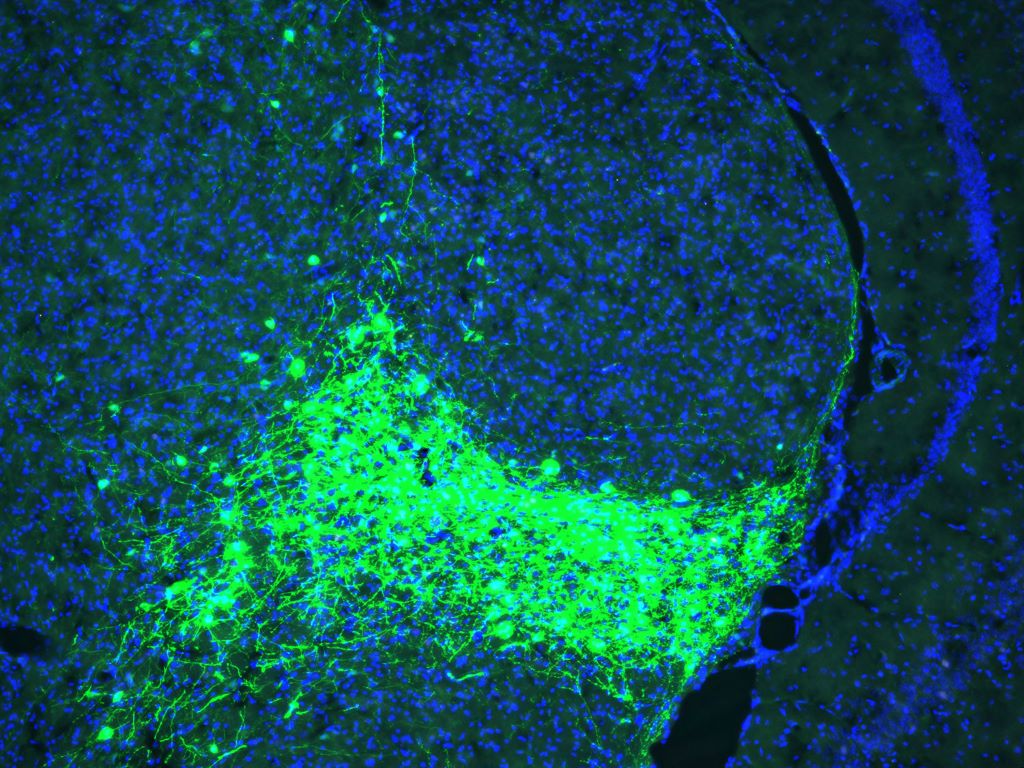Off-label Use of Ketamine for Chronic Pain is Unsupported by Evidence
Results show no clear evidence of benefit for ketamine in chronic pain and identified an increased risk of adverse effects such as delusions, delirium, paranoia, nausea, and vomiting

The off-label use of ketamine to treat chronic pain is not supported by scientific evidence, a new Cochrane review has found.
Ketamine is an anaesthetic commonly used for procedural sedation and short-term pain relief. Ketamine is also frequently prescribed off-label to manage chronic pain conditions such as nerve pain, fibromyalgia and complex regional pain syndrome. It is one of several NMDA receptor antagonists – a group of drugs thought to reduce pain by blocking certain brain receptors involved in pain signalling.
The review, conducted by researchers from UNSW Sydney, Neuroscience Research Australia (NeuRA), and Brunel University of London, examined 67 trials involving over 2300 adult participants. It assessed five NMDA receptor antagonists: ketamine, memantine, dextromethorphan, amantadine, and magnesium.
Results show no clear evidence of benefit for ketamine in chronic pain and identified an increased risk of adverse effects such as delusions, delirium, paranoia, nausea, and vomiting. Evidence was rated low to very low certainty, due to small study sizes and poor methodological quality.
“We want to be clear – we’re not saying ketamine is ineffective, but there’s a lot of uncertainty,” said Michael Ferraro, Doctoral Candidate at UNSW and NeuRA, first author of the review. “The data could point to a benefit or no effect at all. Right now, we just don’t know.”
Researchers looked at the effects across various chronic pain conditions and dosing strategies but found no clear evidence of benefit in any specific condition or dose. Side effects were a major concern, particularly with intravenous use.
“The most common adverse events we saw were psychotomimetic effects such as delusions, delirium and paranoia, as well as nausea and vomiting.” said Ferraro. “These effects are distressing for many patients. Clinicians often try to balance the dose for pain relief without triggering those symptoms, but this isn’t always achieved.”
The review also found no studies that reported on two key outcomes: whether ketamine reduced depressive symptoms or opioid use. This is notable, as ketamine is often proposed for patients with depressive symptoms or opioid tolerance.
“This group of drugs, and ketamine in particular, are in relatively common use for chronic pain around the world. Yet we have no convincing evidence that they are delivering meaningful benefits for people with pain, even in the short term,” said Neil O’Connell, Professor at Brunel University of London, co-senior author of the review. “That seems a good reason to be cautious in the clinic and clearly indicates an urgent need to undertake high quality trials.”
The authors hope the review will help inform patients and clinicians weighing up potential benefits and harms, and guide future research. While more evidence is needed, this review highlights the importance of high-quality trials to understand whether ketamine has a role in chronic pain care.
“We’ve seen the harm that can come from taking medicines developed for acute pain and applying them to chronic pain, opioids are a prime example. Now we’re seeing a similar pattern with ketamine,” said co-senior author James McAuley, Professor at UNSW and senior researcher at NeuRA . “As opioid prescribing is slowly reduced, there’s a growing demand for alternatives, but we need to be careful not to rush into widespread use without strong evidence.”
Source: Cochrane









